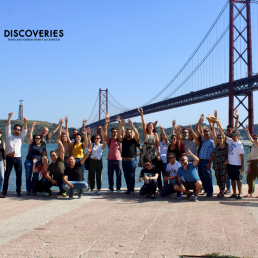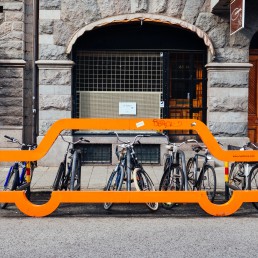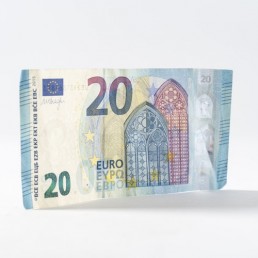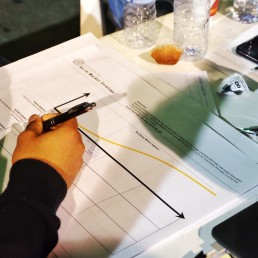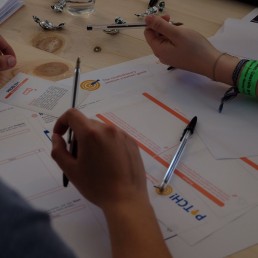Who hasn’t heard about the ‘power of the crowd’? But what does that mean? Today’s business model brain snack digs into crowdsourcing. What we can already say now: regardless of size or industry, crowdsourcing and co-creation are great tools to create value in the digital era.

How does it work? The logic of crowdsourcing is one of co-creation. The organization, the “source”, provides instructions and incentives to the community, the “crowd”, to solve a specific challenge. Crowdsourcing solutions can assume different forms. The most important forms include crowd-contests, crowdfunding, macro-tasks, micro-tasks, and self-organized crowds, also known as collective intelligence.
Crowd-contests
These consist of a wide range of platforms that crowdsource creative and effective solutions, for specific challenges. For instance, MIT’s Climate CoLab engages a large “crowd” of scientists, policymakers, and people to create knowledge and collaborate on concrete solutions to reduce the effects of climate change. Anyone can participate in the yearly contest and win up to $10,000 to fund their climate change-related business idea.
Crowdfunding
Instead of seeking substantial sums from a small number of investors, crowdfunding proposes a way to fund projects and ventures by raising small amounts of money from a large community. For example, Kickstarter is one of the biggest platforms for gathering money to crowdfund projects from artists, musicians, filmmakers, designers, and other projects’ creators. Remember the famous Pebble watch? Crowdfunded by Kickstarter!
Macro-Tasks
Macro-tasks are part of a large project, where workers pitch wherever they have the required skills. These tasks can be performed individually and in a fixed period of time. A great example is Fiverr, an online marketplace for freelance services. It is a platform that offers solutions to customers worldwide. The services provided by Fiverr are diverse and range from well-designed business cards to “helpdesk” solutions.
Micro-Tasks
Micro-tasking is the practice of breaking down activities to be performed into several, small and quick steps divided by a large number of workers. Have you heard of Crowd4U? This is a nonprofit open micro-volunteering and crowdsourcing platform for academic and public purposes. It can be used in several ways like the to identify building damages from natural disasters, to identify the path of tornados, for translation services, and/or to clean bibliographic records.
Self-Organized Crowds or Collective Intelligence
In the same “marketplace” a large group of people works together and add their individual contributions and knowledge to the intelligence of the whole crowd. This is what Wikipedia does, a multilingual, web-based, and free online encyclopedia, created and edited by volunteers around the world. It is owned and supported by the Wikipedia Foundation, a non-profit organization that operates by the donations made to the foundation.
And this is crowdsourcing! If you have an idea but you are not sure how to explore it, just remember: some things are better with a crowd.
So this is the Brain Snack of the week. If you enjoyed this content, please comment, follow us, and share this post! Also, you can explore more ways for innovative business models on www.smartbusinessmodeler.com.
Excited to translate your business idea into a scalable business model?
Simply sign up now to access our bite-sized units, templates, and tools that guide you through the art of creating and testing winning business models.
All this, and a lot more – for free!
